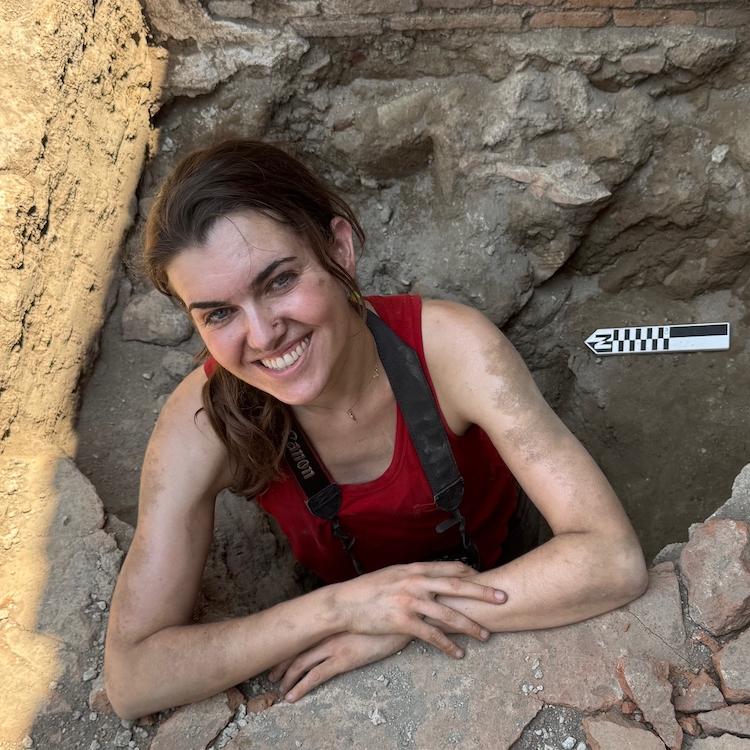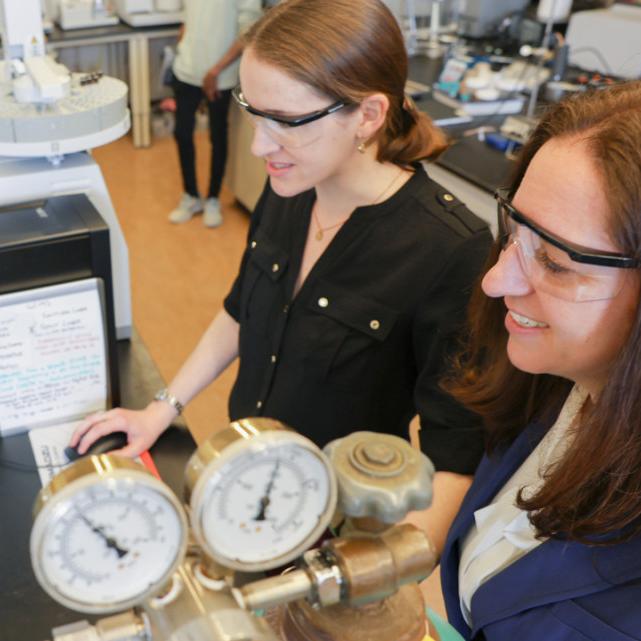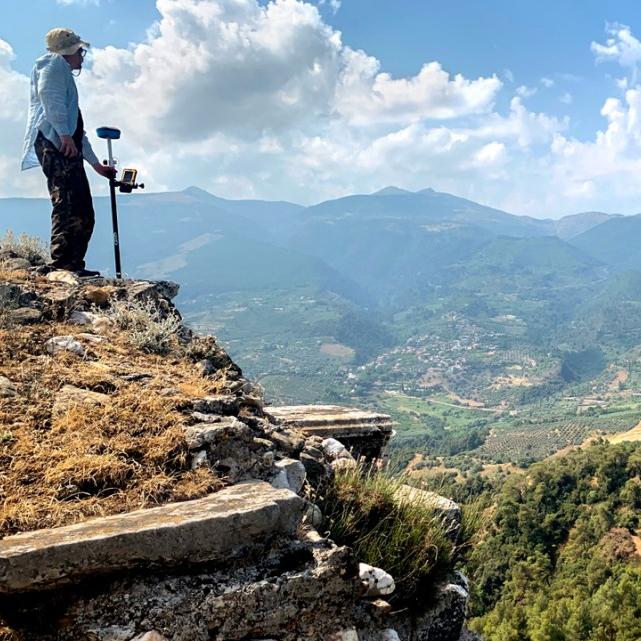“The entirety of nature is gathered together in her tiniest creations,” Pliny the Elder (23-79 CE) wrote in his magnum opus, “The Natural History.”
To bring to life this epic, 37-volume text that’s been called the first encyclopedia, an exhibition at Cornell’s Herbert F. Johnson Museum of Art gathers together art and objects from many of the university’s collections, as well as pieces from other museums, galleries, and collectors. Open now through June 11, “Wonder and Wakefulness: The Nature of Pliny the Elder” marks the 2,000th anniversary of the birth of the celebrated Roman author, natural philosopher and statesman.
“The central focus of this exhibition is on materials, on the idea that art comes from natural resources and that nature is herself an artist,” said Verity Platt, professor of classics and the history of art and visual studies in the College of Arts and Sciences (A&S) and co-curator of the exhibition. “Pliny is interested in the stuff of nature, animals and plants, but also minerals: stone, metals, earths, precious gems. He writes about marble sculpture, bronze sculpture, pigments used for painting, terra-cotta, jewelry – these are all human uses of materials.”
“At the museum we are particularly pleased that Pliny’s big anniversary coincides with our 50th anniversary celebration of the Johnson Museum’s 1973 I.M. Pei building,” said Andrew C. Weislogel, the Seymour R. Askin, Jr. ’47 Curator of Earlier European and American Art at the Johnson Museum, co-curator with Platt. “‘Wonder and Wakefulness’ is the perfect way to mark 50 years of engaging students and community members through compelling and thought-provoking exhibitions and programs in collaboration with Cornell faculty members and collections.”
Visitors experience a wide range of artworks and natural materials, Weislogel said, from ancient Roman sculpture to Roman fresco fragments, plaster casts after antique statuary, historic and contemporary painting, sculpture and photography. The exhibit also includes medieval manuscripts and early printed books, ancient coins and gems, insects and other natural specimens, and even living art created by microbes.
Many of these works come from Cornell’s own collections at the museum, Cornell University Library and natural history collections, including the Cornell University Insect Collection, Cornell University Library special collections, the Timothy N. Heasley Minerology Museum in Cornell Engineering, the Cornell Coin Collection and the Cornell Plaster Cast Collection.
The show also features special loans from major museums, private collections and contemporary art galleries.
Unifying all of these works is a central “touch table” where visitors can handle the materials of art, Weislogel said.
The gallery space contains a section on the material history of the book – manuscripts and early print editions of “The Natural History” itself and later texts influenced by it, Platt said. Portrait busts made of different materials, including marble, terra-cotta, beeswax, plaster and others, face outward toward “zones” containing artworks made of the same materials.
“Pliny is concerned about finding a balance between using natural resources and respecting the integrity of matter and of nature,” Platt said. “A lot of ‘The Natural History’ is a critique of luxury. He’s especially critical of gold mining, which is presented as a violation of the Earth.”
The exhibition also considers the value of the humanities and of ancient texts, Platt said. Pliny, who served as an admiral in the Roman fleet, was complicit with the Roman imperial machine, “but at the same time, he’s questioning it and wondering how to live an ethical life within the constraints of the system to which he’s committed. I see that as having parallels to the ethical questions we ask every day as consumers and makers and teachers.”
Pieces by contemporary artists encourage visitors to think of art as inseparable from nature and the environment, Platt said. A trompe l’oeil painting by British artist Christopher Page employs some of the same devices as Roman fresco painting. A photography section of the exhibit presents photography as a medium that “draws with light,” looking back to Pliny’s ideas of the naturally produced image and the origins of painting as a form of shadow-drawing. Two triptychs by local artists Christine Elfman and Jenifer Wightman (a senior extension associate in the School of Integrative Plant Science Soil and Crop Sciences, College of Agriculture and Life Sciences) work with biological materials that respond to light in a collaborative way.
“Wonder and Wakefulness” was curated with key involvement of Courtney Roby, associate professor of classics (A&S) and Laurent Ferri, curator of pre-1800 collections in the library’s Division of Rare and Manuscript Collections. Doctoral candidates Evan Allen, Olivia Graves and Rodrigo Guzman Serrano, as well as undergraduate interns Rayna Klugherz ’23, Ashley Koca ’25, David Legrand ’23, Hannah Master ’23 and Sophia Miller ’23 played crucial roles in research, writing and curatorial display.






